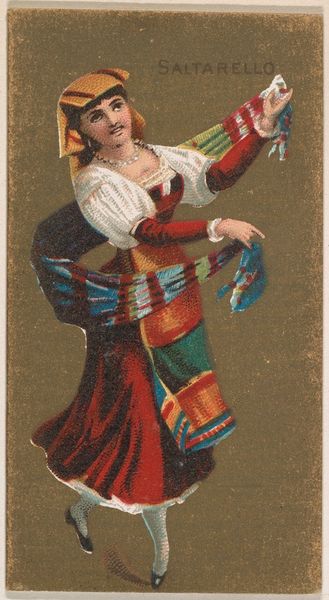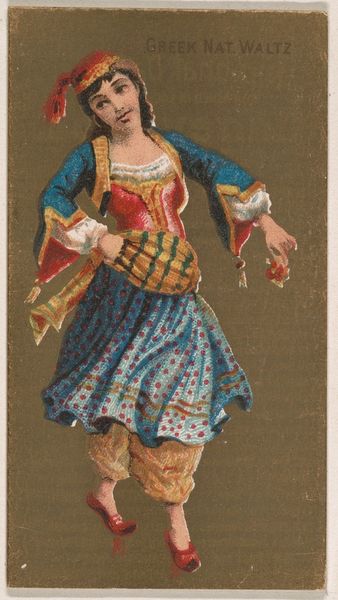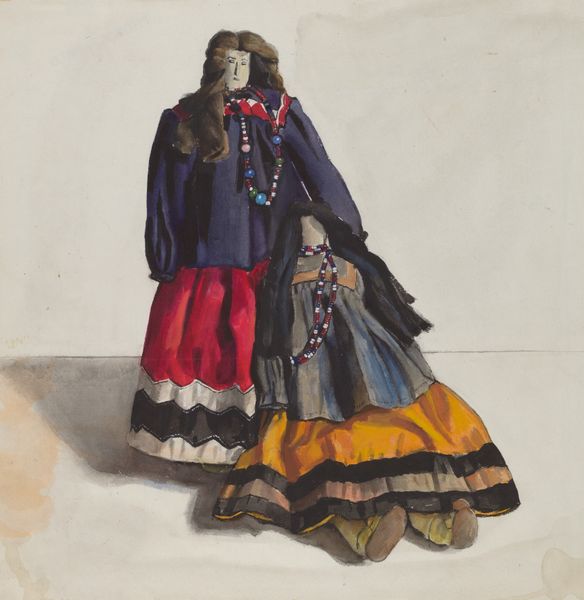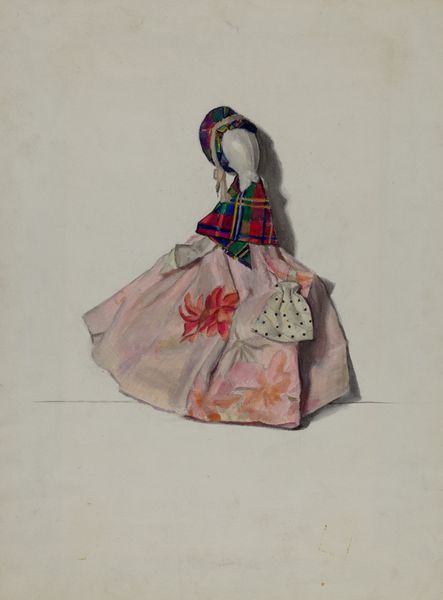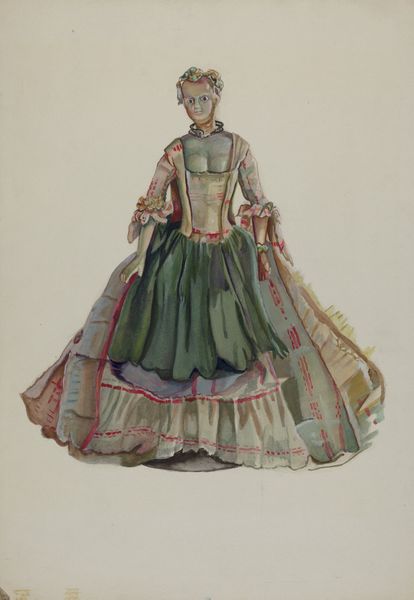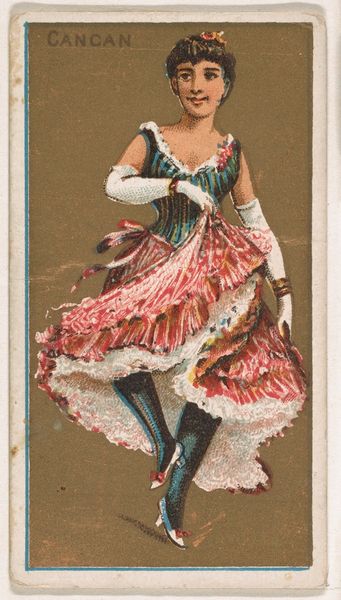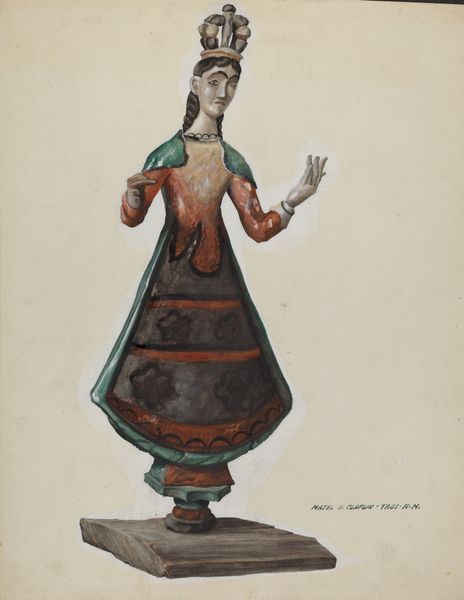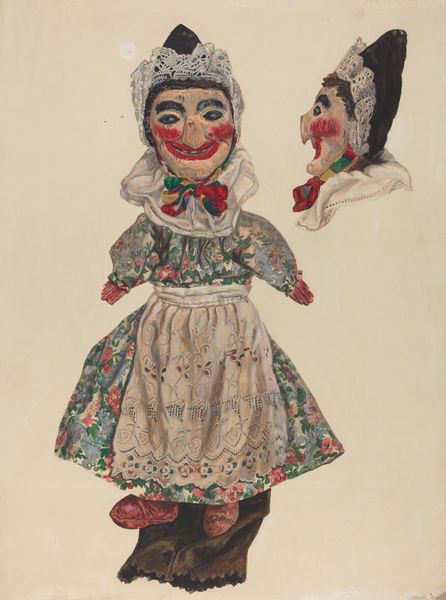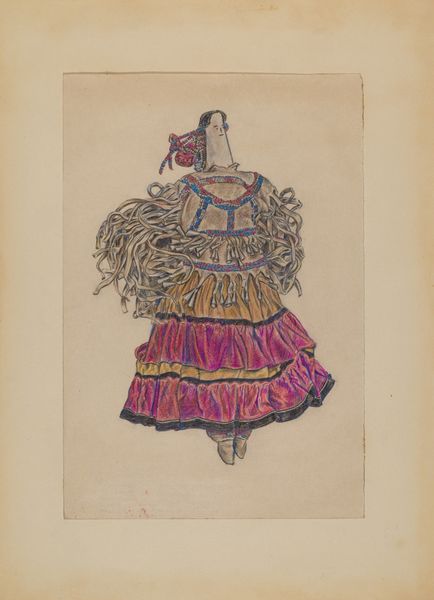
ceramic, porcelain, sculpture
#
ceramic
#
porcelain
#
figuration
#
sculpture
#
decorative-art
#
miniature
#
rococo
Dimensions: Overall (confirmed): 6 5/16 x 5 11/16 x 3 13/16 in. (16 x 14.4 x 9.7 cm)
Copyright: Public Domain
Curator: At the Metropolitan Museum, we have this charming piece entitled "Columbine and Pantalone," dating from 1731 to 1741, produced by the Meissen Manufactory. It's a porcelain sculpture. What strikes you first? Editor: The glaze! It gives them such an incredible sheen. There's a dreamy quality to the scene, like a tiny, passionate play caught mid-performance. It is pure whimsy. Curator: Indeed! The material's capabilities for capturing minute detail were certainly pushed here. Note the elaborate costuming and the expressive postures, indicative of Commedia dell'Arte characters. This kind of miniature production was often aligned with the tastes of wealthy patrons and royalty who desired small precious luxury items during that era. Editor: There's also a bit of pathos in Pantalone's expression, isn't there? The flower seems almost like a peace offering, or maybe an attempt at reconciliation. It’s more than mere decoration; the colors pop with life! There is storytelling within that simple bouquet. Curator: Certainly, these pieces weren't just aesthetic; they reflected a particular moment of cultural production, aligning aristocratic desire with skilled labor, to literally manufacture amusement. It says so much about their moment and what was important. Editor: It makes you think, though, doesn't it? These miniature worlds, filled with tiny dramas. Each figure imbued with desire, or regret, or simple pleasure. I mean, who knows what thoughts run through their tiny porcelain minds! It all really captures that Rococo spirit, playful, beautiful, yet strangely…melancholy? Curator: Precisely. It is interesting to unpack just how objects of immense artistry played out through the dynamics of class and access in 18th century Europe. These precious materials signified both skill and societal status. Editor: It just gives you a little tickle of possibility. That's the real beauty, the thing that breathes beyond mere value or craft! Curator: A vital thing to consider. These objects were at the nexus of both societal ambition and immense artistic practice. Editor: Leaving me to consider: what fleeting performances are being staged now?
Comments
No comments
Be the first to comment and join the conversation on the ultimate creative platform.
